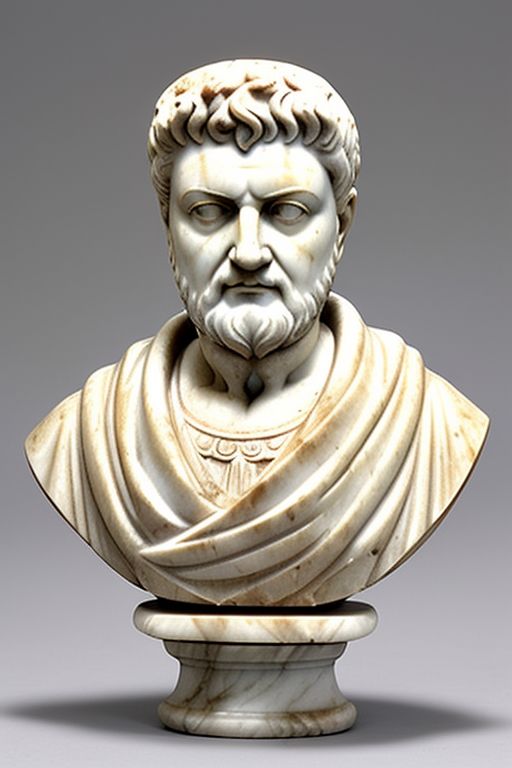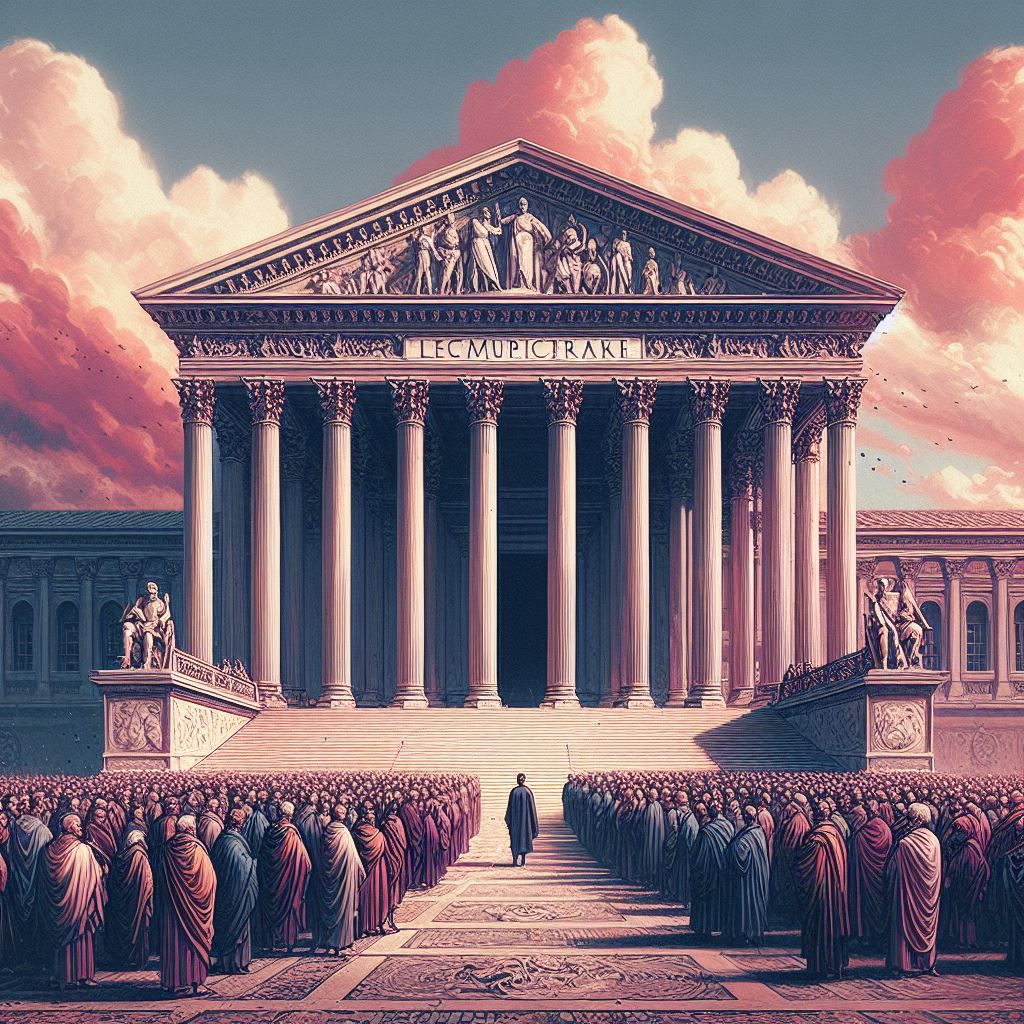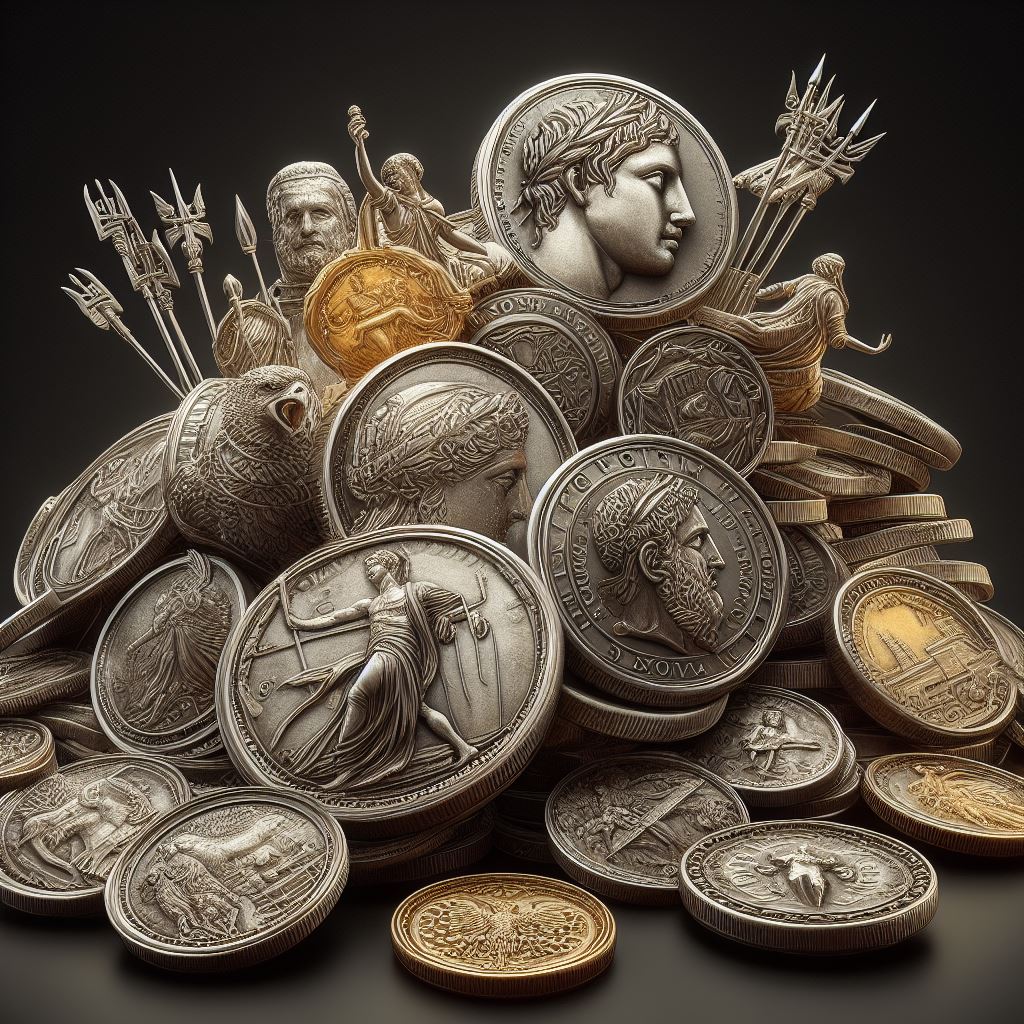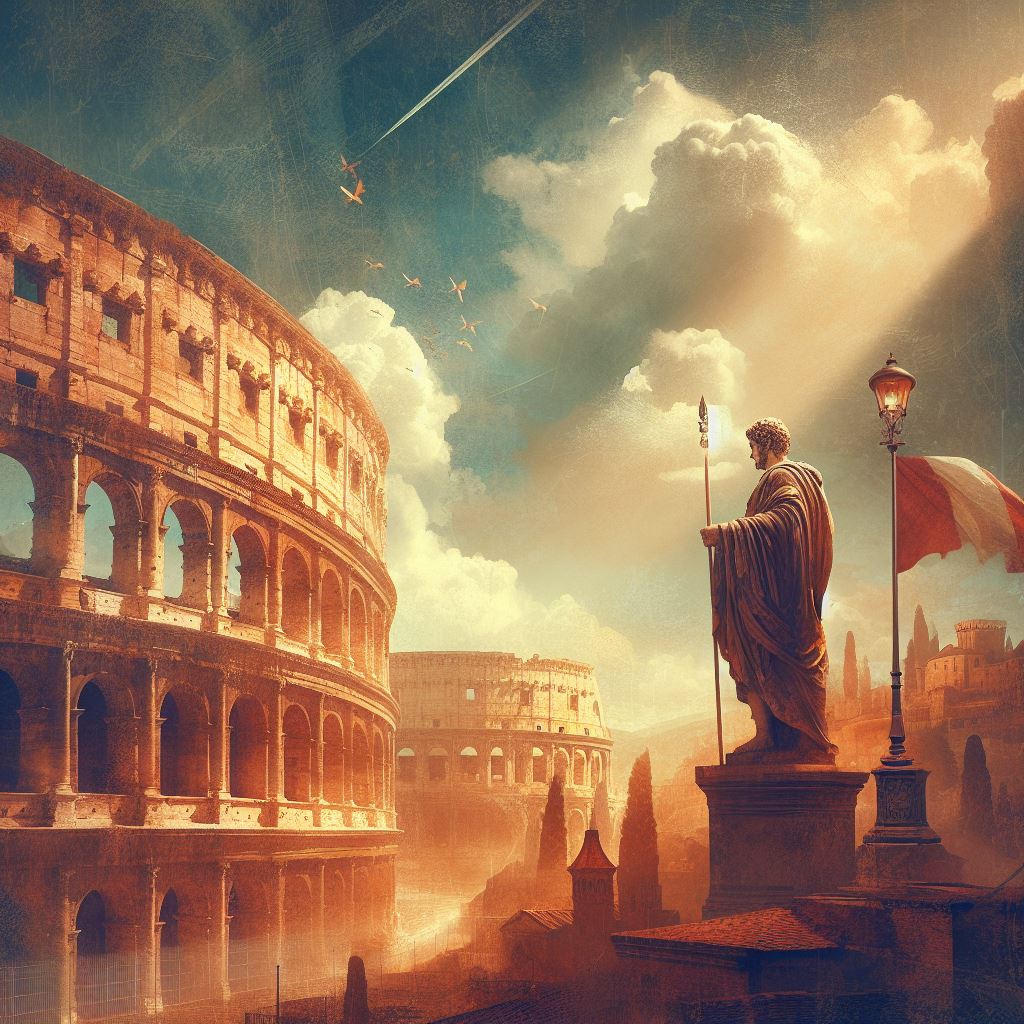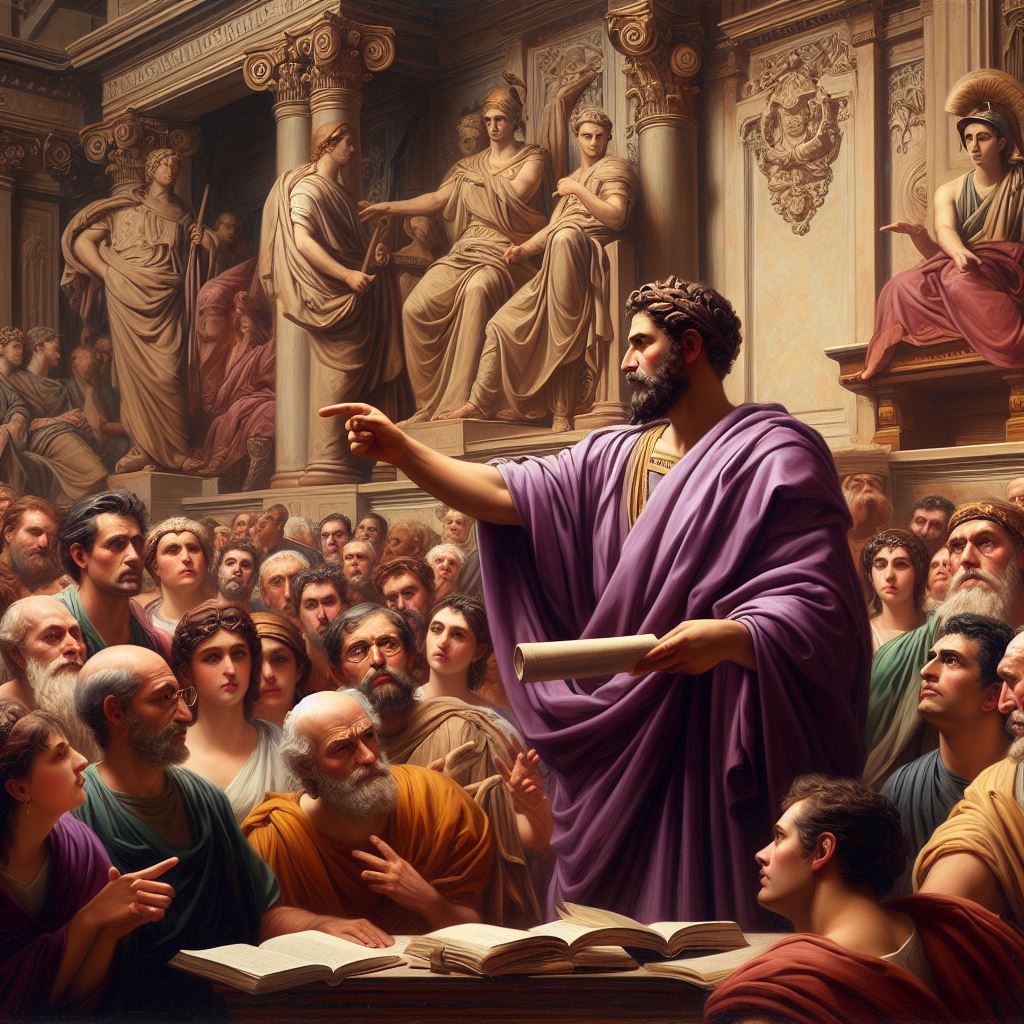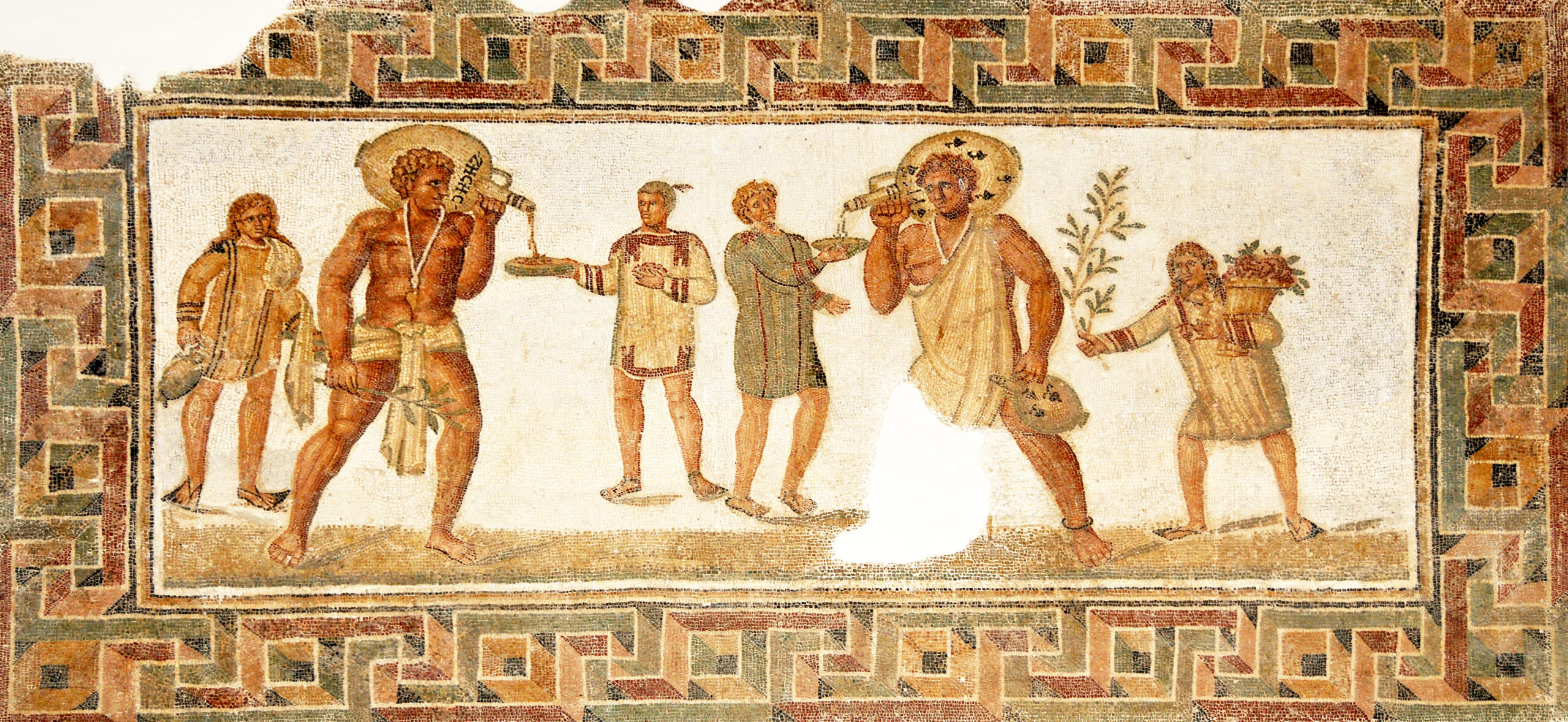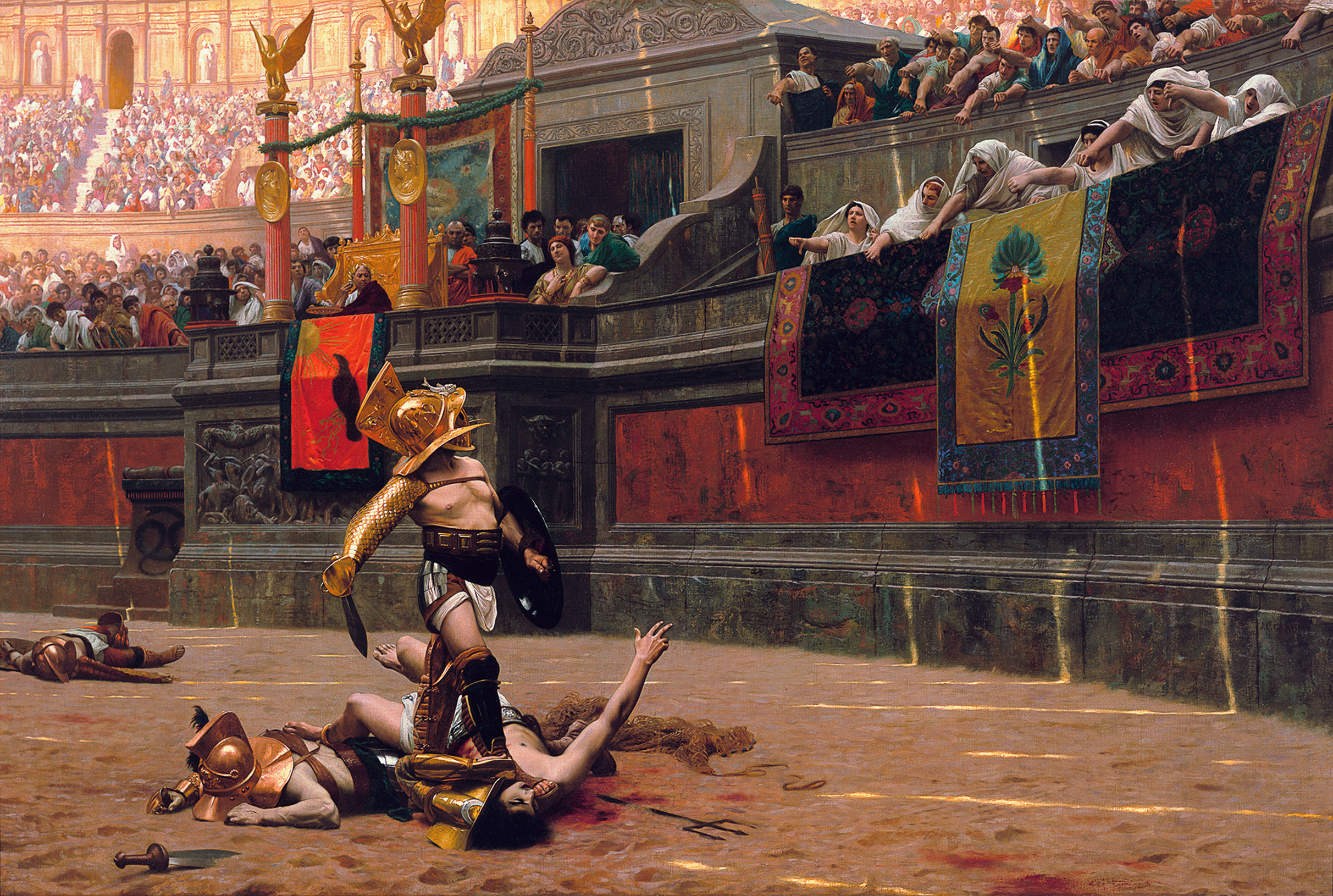The Western Roman Empire was one of the two halves of the Roman Empire, which was one of the greatest empires in ancient history. Imagine an enormous kingdom that stretched across parts of Europe, Africa, and Asia! The Western Roman Empire included the western regions, while the Eastern Roman Empire covered the eastern parts. Let’s dive into the exciting story of the Western Roman Empire and discover what made it so important.
The Birth of the Roman Empire
Before there was a Western Roman Empire, there was the Roman Republic. The Roman Republic was a powerful civilization that began in 509 B.C. in the city of Rome, located in what is now Italy. The Romans were excellent soldiers and builders. They conquered many lands and built incredible structures like roads, aqueducts, and buildings.
In 27 B.C., a leader named Augustus became the first emperor of Rome, and this marked the beginning of the Roman Empire. The empire grew even larger and stronger under the rule of Augustus and the emperors who followed him. It became so vast that it was hard to manage all the different regions from one central location.
Splitting the Empire
As the Roman Empire expanded, it became more challenging to govern. In 285 A.D., Emperor Diocletian decided to split the empire into two parts to make it easier to manage. He created the Western Roman Empire and the Eastern Roman Empire. The Western Roman Empire had its capital in Rome and later in Ravenna, while the Eastern Roman Empire’s capital was in Byzantium, which was later renamed Constantinople (modern-day Istanbul, Turkey).
By splitting the empire, the Romans hoped to have better control over their vast lands and defend them from enemies. However, this division also led to different developments in each half of the empire.
Life in the Western Roman Empire
Life in the Western Roman Empire was fascinating. The Romans built grand cities with magnificent buildings, theaters, and public baths. Roman towns had marketplaces, schools, and libraries. The Romans were also known for their love of entertainment, such as gladiator games, chariot races, and theatrical performances.
People in the Western Roman Empire spoke Latin, which is the basis for many languages spoken today, like Italian, Spanish, and French. They wore togas and tunics and enjoyed a diet that included bread, olives, cheese, and wine. Education was important, and Roman children learned subjects like reading, writing, mathematics, and rhetoric.
The Fall of the Western Roman Empire
The Western Roman Empire faced many challenges that eventually led to its downfall. One of the main problems was the constant attacks from various barbarian tribes. These tribes included the Visigoths, Vandals, and Huns, who invaded Roman territories and weakened the empire’s defenses.
Another issue was internal strife. There were many power struggles and civil wars among Roman leaders, which made the empire unstable. Additionally, the Western Roman Empire had economic troubles. It was expensive to maintain such a vast empire, and heavy taxes burdened the people.
In 476 A.D., the last Roman emperor of the West, Romulus Augustulus, was overthrown by a Germanic chieftain named Odoacer. This event is often considered the end of the Western Roman Empire. However, the Eastern Roman Empire, also known as the Byzantine Empire, continued to thrive for many more centuries.
The Legacy of the Western Roman Empire
Although the Western Roman Empire fell, its influence is still felt today. The Romans left behind many lasting legacies that shaped the world. Here are some of the most important contributions:
- Architecture: The Romans were master builders. They constructed grand buildings, aqueducts, and roads that have inspired architects for centuries. The Colosseum in Rome is a famous example of Roman engineering.
- Law: Roman law has influenced many legal systems around the world. The idea that a person is innocent until proven guilty comes from Roman law.
- Language: Many modern languages, such as Italian, Spanish, French, Portuguese, and Romanian, are derived from Latin, the language of the Romans.
- Government: The Romans developed systems of government and administration that have inspired many modern nations. Concepts like the Senate and Republic have their roots in Roman governance.
- Culture: Roman literature, art, and philosophy have had a lasting impact on Western culture. Writers like Virgil, Ovid, and Cicero are still studied today.
Fun Facts About the Western Roman Empire
- The Romans loved to bathe. Public baths were a big part of Roman life, and they were places where people could relax, exercise, and socialize.
- The Roman army was one of the most powerful and organized military forces in history. Roman soldiers were well-trained and disciplined.
- Roman roads were so well-built that some of them are still used today! These roads helped the Romans to travel and trade across their vast empire.
- The Romans used a system of numerals called Roman numerals, which are still used in some places today. For example, the number 4 is written as IV, and 10 is written as X.
Conclusion
The Western Roman Empire was a magnificent civilization that left an incredible legacy. From its grand architecture to its contributions to law and government, the Western Roman Empire has shaped the world in many ways. Even though it eventually fell, the influence of the Romans can still be seen in our modern world. Learning about the Western Roman Empire helps us understand our history and the foundations of our own society.
